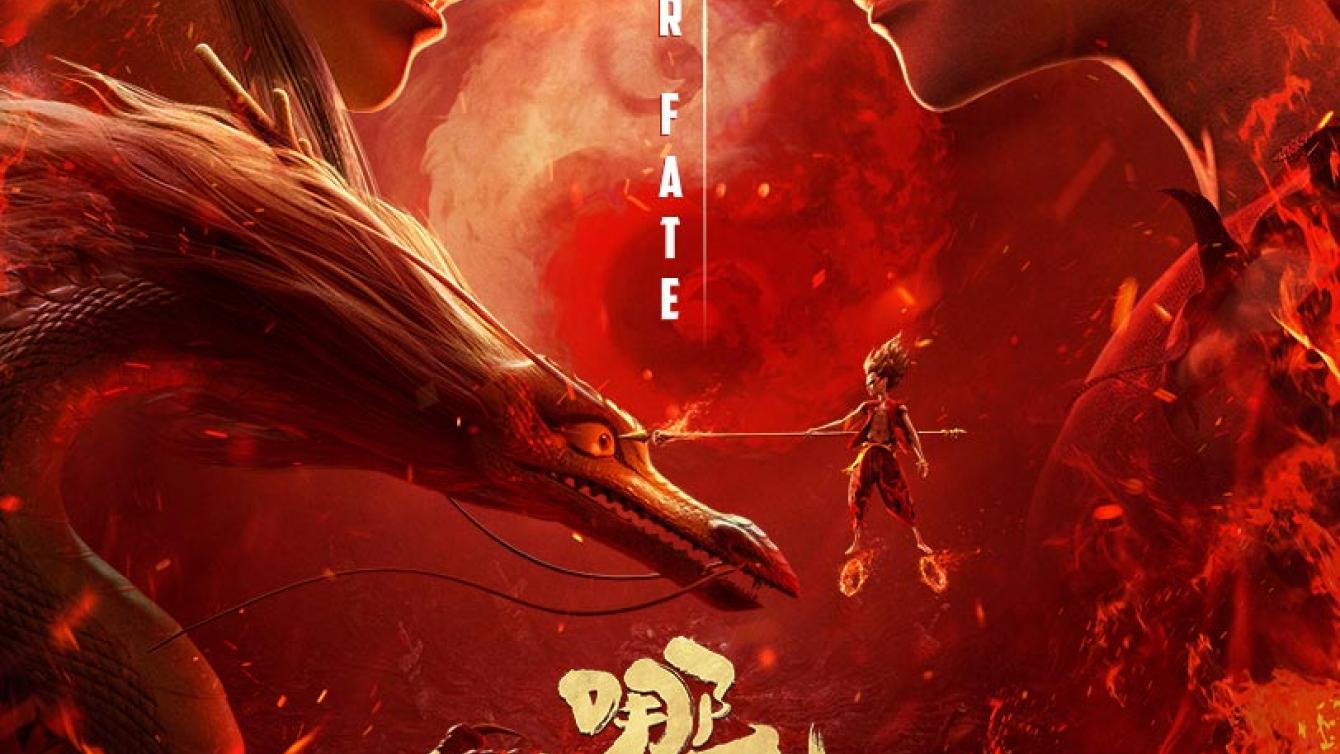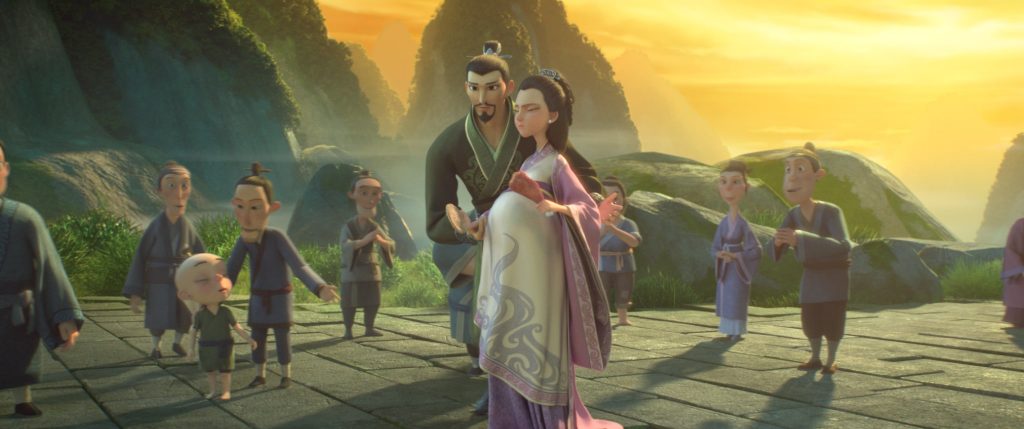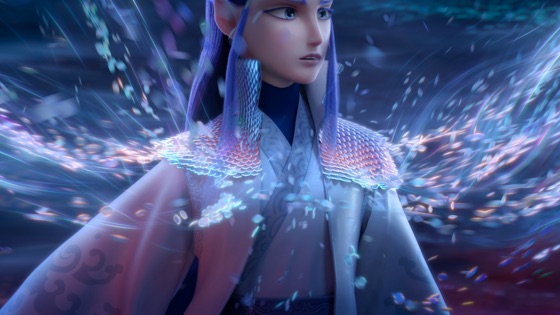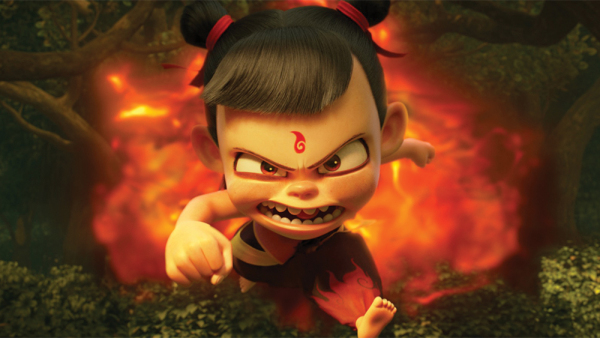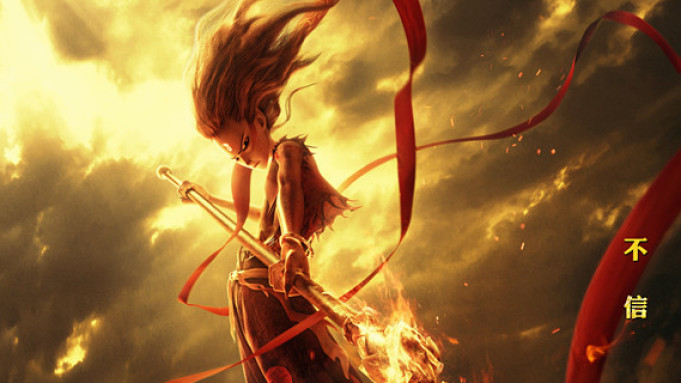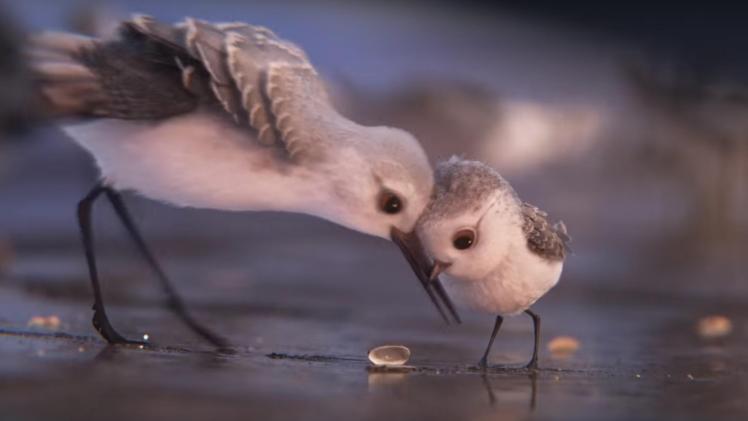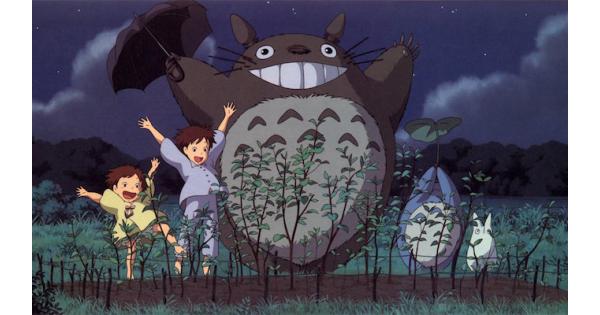The top-grossing Chinese animated film of all time, about a demon-child superkid, proves that the blockbuster style is flowing around the globe.
It’s not unusual to encounter an animated tale in which the hero is an incorrigible child (just look at “Boss Baby” or the Teen Titans). But the title character of “Ne Zha” is no mere mouthy delinquent. He’s a scamp from hell, a tauntingly invincible bad-seed superkid who has been infused, from birth, with the spirit of the Demon Pearl. He’s never happier than when he’s destroying something (because that’s his nature), and the movie, which was made in China, has already destroyed several box-office records. Since opening in July, “Ne Zha” has taken in $725 million worldwide, making it the highest-grossing non-U.S. animated film in history, as well as the second-highest-grossing movie of any kind in China. Given the scowling irascibility of the title character, numbers like that should give the American animation industry pause about its own goody-goody underpinnings.
To anyone who has sampled the popular American animated cinema of the last 25 years (and who hasn’t?), the sensually shiny, awesomely lush and detailed computer-animated style of “Ne Zha” will be breathtakingly familiar. Written and directed by Jiaozi, the movie has the bouncing-off-the-walls kinetic spirit of something like “Kung Fu Panda,” and the images themselves were clearly influenced by the mercurial, cosmic-weather-pattern style of “Frozen” (the film is full of crystal ice, blazing fire, and cascades of water, which come at you in a variety of swirling, churning geometric configurations). Yet U.S. audiences, especially, may take a while to get their bearings watching the story of a kid who was programmed by the spirit gods to be this wildly amoral and up to no good.
Technically, Ne Zha is only two years old, but he looks about nine. He’s got bangs and a pair of pigtail knots, kohl-rimmed raccoon eyes, a red underworld insignia branded on his forehead, and a smile that lights up with enough prankish malevolence to make him look like a junior version of Joker. He’s also a touch androgynous (with a different wardrobe, he might be the devil as Pippi Longstocking), but essentially, as voiced first by Lü Yanting and then (as a teenager) by the actor known as Joseph, he’s a cocky martial-arts hellion, and the upshot of the movie is that it isn’t his fault that he’s that way.
Based on a popular character out of Chinese mythology, Ne Zha was born to Lord Li (Chen Hao) and Lady Yin (Lü Qi), who lied by telling him that he was the reincarnation of the Spirit Pearl. In truth, his Demon Pearl foundation means that he’s fated to be killed by a lightning bolt when he reaches the age of three. His parents, without success, have tried to keep him locked away inside their sprawling domestic compound, so he’s really a victim — of destiny, and of the higher powers, who spend more than their share of screen time in “Ne Zha” pulling metaphysical puppet strings. The poignance of the movie is that Ne Zha has a Pinocchio side. Part of him would like to be an ordinary boy, even though he can scarcely play a round of Chinese Hackey Sack without smashing the footbag through a wall.
Can he wriggle out of his fate? That’s the question on which the rather busy plot is hung, as Ne Zha gets tugged in different directions by an ambiguous host of spirit mentors, from the stammering Shen Gongbao (Yang Wei), who could be an early-’90s virtual-reality Dracula, to Ao Bing (Han Mo), who looks like a blue-haired version of Legolas from “The Lord of the Rings,” even though he’s actually the reincarnated son of the Dragon King, who is out to liberate his clan from their underwater prison lair.
Don’t worry if you can’t keep this stuff straight. As a movie, “Ne Zha” is most fun when it gets high on spectacle, literally chewing up the splendid scenery, as in an extended showdown between Ne Zha and the Sea Yaksha, a buffoonish water demon who takes the form of rushing rapids when he’s not his ugly green self: an ogre who swallows a young girl and then vomits her up, even as his saliva bubbles turn Ao Bing to stone, at which point Ne Zha grabs the now statufied spirit to use as a battering ram.
With its generous outpourings of saliva, snot, and flatulence, “Ne Zha” is an earthier cartoon fantasy than we’re used to. Yet its head is often in the clouds. The movie is thick with a cosmology that can feel a bit arbitrary, to the point that it’s maddening when it keeps introducing new rules. Just when we think we’ve got it all figured out, we’ll be hit with a line like, “The Chaos Pearl has the ability to absorb the energy of heaven and earth. I didn’t expect that the Spirit Pearl and the Demon Pearl could combine to have this effect!” (Cut to what looks like the electronic-cyclone-tearing-a-hole-in-the-sky climax of a hundred cheesy sci-fi thrillers.) And guess what? We didn’t expect it either.
That Ne Zha is beholden to a network of powers above and beyond himself could be seen, simply, as a testament to the stubborn persistence of gods and monsters in Chinese mythology. Yet maybe one reason the movie has struck such a populist chord is that it also expresses a quality intrinsic to the politics of China today: the degree to which people feel their fates entangled with forces of control that come from above. “Ne Zha” has something vital to teach the American animation industry — about the glories of letting the dark side rip — but it’s also clear that Chinese animators, working under more restrictions than we have, have absorbed a great many of the breakneck freedoms of American pop culture. Let’s hope it’s the beginning of a beautiful symbiosis.
